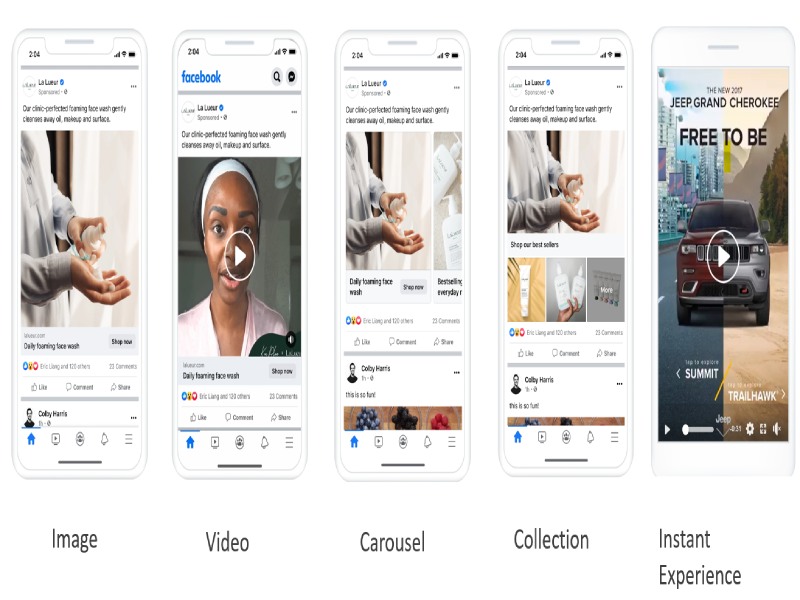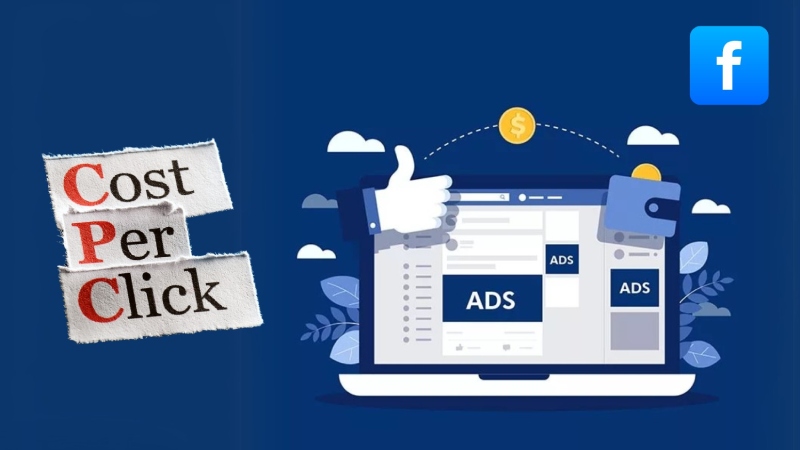ROAS Facebook Ads is a crucial metric that tells you how much revenue you earn for every dollar spent on advertising. For marketers, understanding ROAS means unlocking the power to optimize ad budgets, enhance campaign performance, and maximize profitability.
In this guide, we’ll break down what ROAS is, why it matters, how to calculate it, and how to use it effectively to improve your Facebook advertising results.
What is ROAS Facebook Ads? How to Calculate ROAS?
ROAS, or Return on Ad Spend, is a performance metric that measures the revenue generated from your ad campaigns relative to how much you’ve spent. It’s essential for evaluating how effective your Facebook ads are.
ROAS = Total Ad Revenue / Total Ad Spend
For example, if you spend $100 on ads and earn $500 in revenue, your ROAS is 5. That means you make $5 for every $1 spent.
|
Looking for the formula? Here’s the ROAS Facebook Ads formula: ROAS = Revenue ÷ Ad Spend |
You can also use tools like a Facebook Ads ROAS calculator to automate this process and analyze different campaign scenarios.However, it is no longer necessary as marketers can directly see these data on your dashboard on Facebook Ads Manager. This makes performance tracking easier without needing external tools.
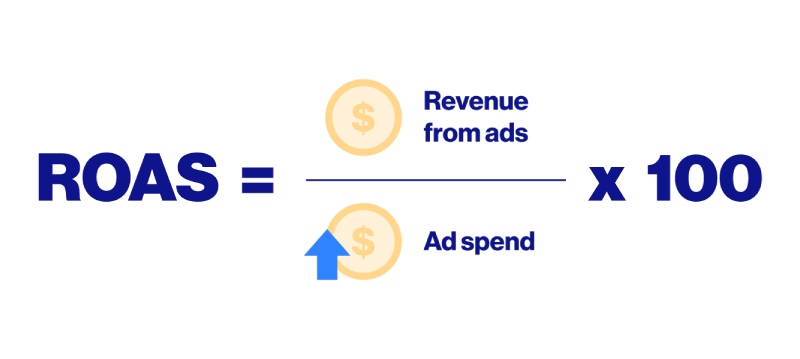
Why Does ROAS Matter for Facebook Ads?
ROAS isn’t just another number – it’s a core metric that shapes how you scale and succeed with Facebook Ads. Here’s why:
- It shows ad effectiveness: A low ROAS may mean poor targeting or weak ad creatives.
- It guides budget allocation: You can move budgets away from underperforming ads and double down on winners.
- It enables campaign comparison: Comparing ROAS across campaigns or ad sets helps refine your strategy.
- It supports long-term planning: When tied with customer lifetime value (LTV), it helps you plan for future revenue.
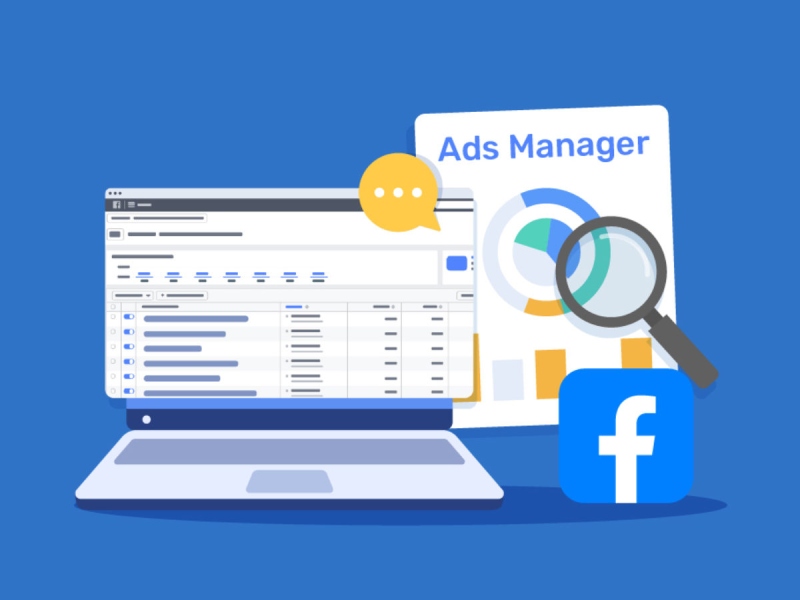
Setting Your Own ROAS Goals
What is a good ROAS for Facebook Ads? It varies by industry, business goals, and profit margins.
Here’s how to set the right target:
- Base it on your profit margin: If your product has a 50% margin, your break-even ROAS is 2.
- Factor in industry standards: SaaS companies might survive on lower ROAS, while eCommerce businesses need higher returns.
- Consider LTV: A high customer lifetime value means you can accept a lower ROAS upfront.
- Other factors include:
- Ad creative quality
- Audience targeting
- Landing page performance
- Bidding strategy
Want to learn more about what ROAS means? Here’s a simple breakdown of ROAS meaning: the more revenue you get per dollar spent, the more efficient your ads are.
How to See ROAS on Facebook Ads?
Wondering how to find ROAS in Facebook Ads Manager? Here’s a quick step-by-step:
- Go to your Ads Manager account.
- Choose the campaign or ad set you want to review.
- Click on “Columns” → “Customize Columns”.
- Search for “Return on Ad Spend (ROAS)” and check the box.
- Save your column preset.
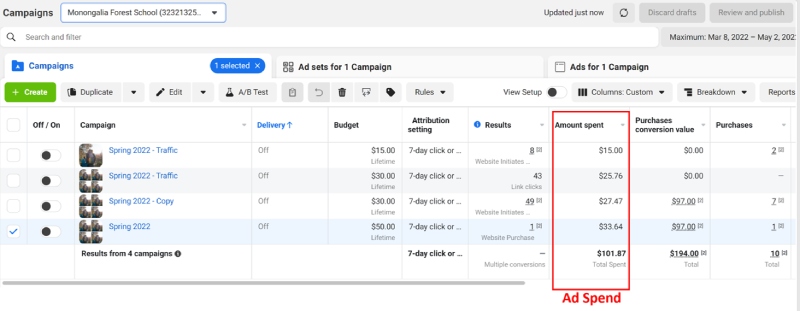
You can now monitor ROAS directly in your reports and compare campaign performance.
Want to go deeper? Try out the Facebook Ads ROAS calculator or review your bidding strategies in Meta Ads Manager for enhanced control.
Key Considerations When Tracking ROAS on Facebook
There are key factors you need to take into account when tracking ROAS on Facebook Ads:
- ROAS fluctuates over time: A campaign might start slow and pick up later.
- Use it alongside other metrics: Don’t rely solely on ROAS. Consider metrics like CPA, LTV, and Conversion Rate.
- Accurate data is crucial: Make sure you’re attributing the right revenue to Facebook, especially if you advertise on multiple channels.
- Avoid Facebook Ads overspending by setting limits and tracking ROI consistently.
How to Use Facebook Pixel to Track ROAS Effectively
The Facebook Pixel is a must-have for measuring ROAS accurately. It tracks user behavior on your website, such as purchases and add-to-cart events.
Set Up Facebook Pixel to Measure ROAS: A Step-by-Step Guide
- Create your Pixel: Go to Business Manager → Events Manager → Connect Data Source → Web → Facebook Pixel.
- Install Pixel on your website: Use Google Tag Manager or insert the Pixel code in the <head> section of your site.
- Track the right events: Set up events like “Purchase,” “Add to Cart,” and “Lead,” and assign accurate values.
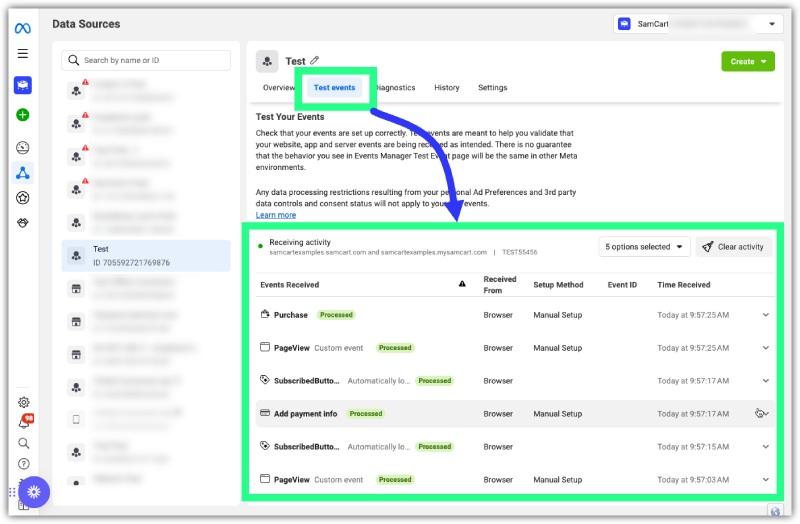
Benefits of Facebook Pixel in Measuring ROAS
- More accurate conversion tracking.
- Optimized ad delivery based on real purchase data.
- Better targeting using Custom and Lookalike Audiences.
Boost Your ROAS Without Worrying About Account Bans
Struggling with ad rejections, bans, or unstable accounts? That’s where NEMI Ads comes in.
We provide high-trust Facebook ad accounts that are ready to run your campaigns smoothly. With stable accounts, you can test more creatives, scale faster, and ultimately increase your ROAS Facebook Ads without the usual headaches. Contact NEMI Ads today to rent a verified account and scale your profits confidently.
FAQs
1. What is a good ROAS for a Facebook ad?
A ROAS of 3 or more is typically good. But it depends on your business:
- ROAS = 1 → Break-even
- ROAS < 1 → Losing money
- ROAS 2–3 → Average, evaluate margins
- ROAS 4–5+ → Strong performance
- ROAS > 5 → Excellent ROI
2. Why does ROAS matter for Facebook Ads?
Because it tells you if your campaigns are profitable. High ROAS means effective ads. Low ROAS signals problems that need fixing.
3. How often should you check ROAS?
- Daily: If you’re spending heavily
- Weekly: For trend analysis
- Monthly: For strategic reviews
4. What if my ROAS is too low?
- Optimize your targeting
- Improve ad creatives
- Enhance your landing pages
- Adjust bids
- Run retargeting campaigns
Final Thoughts
In conclusion, ROAS Facebook Ads is a crucial metric for evaluating advertising spend effectiveness, allowing you to measure the revenue earned for every dollar spent. Clearly understanding and tracking your ROAS Facebook Ads will empower marketers to optimize budgets, enhance campaign performance, and strive for maximum profitability.


